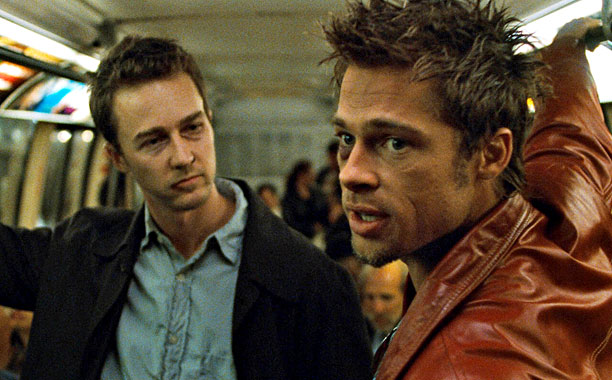3 of the Worst Times to Buy a Car
By DailySave Team on September 27, 2016


Buying a car is a huge decision. In addition to deciding on the type of vehicle, you also have to make a variety of other decisions, like whether you want to buy new or used, whether you want to lease, finance, or pay in cash, and what features you want.
Another important factor car buyers have to decide on is when to buy. To help out with that decision, we’ve created a list of some of the worst times to buy a car.
According to a USAA publication, springtime is a time of year when people are out and about enjoying the nice weather, and many of them have money in their pockets — they’ve received a wad of cash after cashing their tax refund checks. Dealerships don’t have to compete as heavily to gain business, so they may not be offering the same discounts as during slower times of year.
So when’s a better time of year to buy? The winter months and the end of the year are good times to look for discounts on vehicles. You’ve probably heard commercials about “year-end savings events.” Well, as dealerships move into the next calendar year, they are trying to meet sales quotas, and sales people are eager to sell and meet their quotas, as well — especially with the holidays approaching.
If you don’t want to wait until the end of the year, you may still get a better deal on a vehicle if you buy at the end of the month or at the end of the quarter — and you may have a better experience if you arrive at the dealership on a slower day (earlier in the week).
You can even take advantage of outgoing model sales after the dealership brings in the new model year vehicles in the late summer or early fall.
Those who walk into a dealership with excellent credit have much more negotiating power. And, having a large down payment can also up your haggling game. Ideally, you should have a down payment amount available that equals at least 20% of the price of the vehicle.
Surprisingly, the car salespeople we’ve spoken to say that consumers come into dealerships with bad credit more often than not, and these same consumers rarely have a sufficient down payment either.
Some consumers decide they want to buy a new car based on how they think their finances will be in the near future, as opposed to basing the decision on their current financial situation. “I just paid off several debts, so my credit will be improving” or “I’m going to be getting a new job soon, so my salary is going to be much higher,” people rationalize to themselves. But, in these situations, these buyers can end up with higher payments, or they may not get approved at all.
When you buy on impulse, you generally don’t allow yourself enough time to completely think through the purchase. And, cars are a notorious impulse buy, and this is not only because of clever salesmen. But let’s face it, some of the vehicles you see in these dealerships and showrooms are pretty enticing. “My car will park for me — that’s amazing,” you think to yourself as you get out your checkbook.
Fortunately, the car buying process has changed a little bit, and online research has become a key ingredient for most consumers.
These days, people are not going around from dealership to dealership to find the vehicle they like. In fact, the average person only visits 1.6 dealerships before buying a car. This is a big difference when compared to 10 years ago, when the average consumer visited five dealerships, according to data published by CNBC.
The news site also explains how once the consumer determines his or her vehicle preferences online, he or she may actually call the dealership and say: “I want a X vehicle for Y price.” The dealership may even deliver the vehicle to the consumer’s home, thereby completely eliminating the need to visit a dealership at all.
Without seeing beautiful floor models and being “sold” on a vehicle at the dealership, consumers may be much less inclined to make an impulse purchase.
Original article from www.cheatsheet.com
